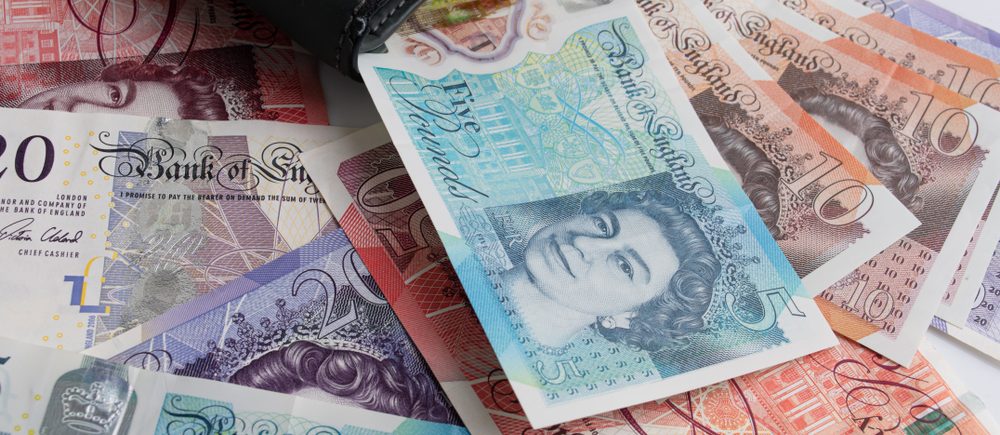The GBP/USD pair stops Tuesday’s losses and recovers some ground, gaining 0.42% in the week. The positive market sentiment boosts the prospects of the sterling, despite a strong US Dollar.
The British pound recovers some ground on Wednesday during the North American session, bouncing near weekly lows around 1.2480s and back above the 1.2500 figure. At 1.2545, the GBP/USD grinds higher due to an improved market mood.
Investors shrugged off Fed concerns that an aggressive tightening might cause a recession. On Tuesday, Atlanta’s Fed President Raphael Bostic, which leans towards the hawkish spectrum, sounded dovish, saying that the US central bank might pause its tightening cycle once hiking rates to the 2% threshold so the central bank can witness how the economy behaves.
Global equities pare some of their weekly losses, reflecting the positive move while the US dollar rises. The US Dollar Index reclaims the 102.000 mark, gaining 0.40%, putting a lid on the GBP/USD rally. The US 10-year Treasury yield remains flat around the 2.752% mark.
The US economic docket featured housing data, which came mixed but tilted positively, despite concerns about the US growing economic outlook. Later, April’s Durable Goods Orders grew at a slower pace than foreseen but kept positive. At around 18:00 GMT, the Federal Reserve would unveil its May minutes, giving traders additional clues regarding the US central bank monetary policy plans.
In the meantime, the Atlanta Fed GDP Now, the projection of the US GDP for the second quarter, rose to 1.8%, lower than the previous reading, which came at 2.1%.
An absent UK docket leaves GBP/USD traders adrift to BoE’s speaking led by its Chief Economist Huw Pill. Earlier, Pill said that too much tightening runs the risk of getting stuck in a deep recession, but too little tightening runs the risk of inflation gaining self-sustaining momentum. Pill remarks came a day later of a raft of downbeat UK PMI data, which reignited fears about UK economic slowdown, threatening to keep the central bank from further tightening monetary conditions.
The GBP/USD is downward biased, albeit recovering some ground. Nevertheless, a solid resistance area looms at the May 4 daily highs near 1.2638, a resistance just shy of a four-month-old downslope trendline that passes above 1.2700. That ceiling area would be difficult to overcome for GBP/USD bulls, but once cleared, a re-test of the 1.3000 area is on the cards. Otherwise, a break below 1.2470 would expose the major to further selling pressure that could send the pair for a re-test of the YTD lows around 1.2155.

Pound, Sterling
 Noor Trends News, Technical Analysis, Educational Tools and Recommendations
Noor Trends News, Technical Analysis, Educational Tools and Recommendations




